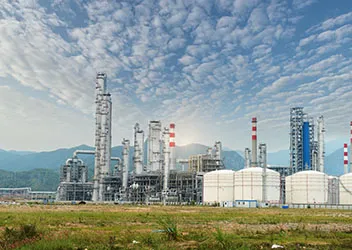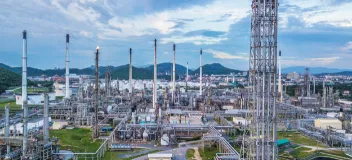Carbon dioxide (CO2) plays a significant role in global warming. Effective management and reduction of CO2 emissions are essential for mitigating climate change impacts. This has led to significant interest in projects involving large-scale handling and transport of CO2 in the segment of sustainable energy and Carbon Capture, Utilization, and Storage (CCUS).
The safe handling of CO2 is crucial to prevent potential hazards such as asphyxiation or high-pressure incidents, necessitating a comprehensive understanding of its properties for environmental and industrial safety. This article explores DNV’s involvement in the energy transition, specifically in CO2 modelling.



